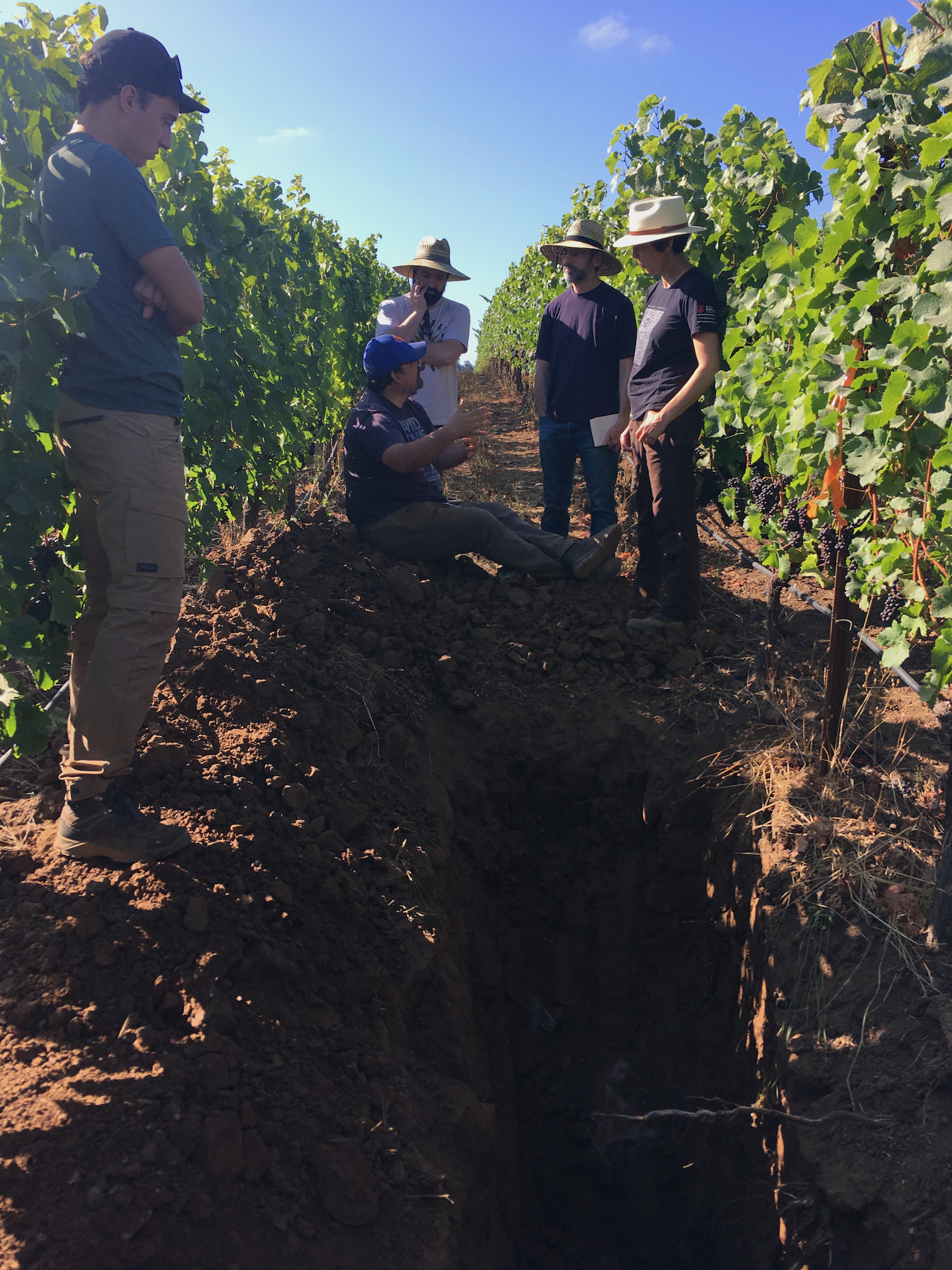Enogeology research
Winemaking and viticulture are economically and culturally important activities around the world. The global wine market is worth about $400 billion and is growing rapidly, and wine is an important part of ceremonial practices and cuisine for billions of people. Wine is also threatened by climate change and land use patterns due to shifting microclimates, drought, development, and erosion. The concept of terroir describes the complex interaction of wine and the physical place and cultural practices in which it is made. Developing a scientific understanding of terroir, and in particular the importance of geology and climate on vineyards, is key to understanding the impacts of changes in the natural world on wine and adapting to them.
Oregon

Working with my collaborators the late Mark Tarlov (Rose and Arrow Estate), Felipe Ramirez (Rose and Arrow Estate), Pedro Parra (Pedro Parra y Familia), and Frank Sousa (Oregon State University), I have been working to understand the impact of geology on wine in the Willamette Valley. The connection between small differences in the underlying basalt and the finished product is fascinating and incredibly valuable to wine producers. As the Pacific Northwest is increasingly stressed by climate change, I am also interested in the effect of droughts and changes in temperature and rainfall patterns on these minute vineyard-to-vineyard and even intra-vineyard differences. Read more of my thoughts about Oregon wine in Pedro's fantastic book, Terroir Footprints.
New York and Pennsylvania
Climate change will mean both tremendous pressure on some traditional wine producers and tremendous opportunities for others. A better understanding of the science behind terroir will help producers to plan new vineyards as well as to adapt existing ones. I am interested in using geochemical proxies like δ¹⁸O of both groundwater and wine to catalog the impact of annual variability and shifts in microclimate on wine production in the past and to use this information to develop strategies for placing new vineyards and protecting existing ones.